
Life-Centred Design: Design practices that work for all
Human-Centred Design (HCD) emerged in response to the pace of technology. This approach has successfully helped businesses to build stronger connections with users and stakeholders across their ecosystem, deliver superior experiences, and drive operational efficiencies.
In one of the most disruptive decades many of us have seen and experienced, how sustainable is a Human-Centred approach today?
Over the past decade the world has changed significantly. The effects of climate change are impacting business and communities across the world, and the importance of social impact have never been clearer.
The economy is more challenging, making markets more vulnerable, and technology is more transformative and disruptive than ever.
More importantly, we're experiencing these in real-time. Advanced technology threats such as deepfakes or algorithm bias, flash floodings and heatwaves, soaring energy prices and geopolitical tensions are just some examples of events that have had, and continue to have, a huge impact on us all.

Issues on social injustice, the wealth gap, environmental and political turmoil make us think twice about many decisions in our lives, such as what we buy and who from. Is there something more organisations can do to change how we think, create, and consume to cater to an everchanging and unpredictable world?
For decades, companies have adopted a Human-Centred Design approach – a tried and tested framework that leads to brilliant product and service experiences for many. As the name suggests, it’s a practice which places the human at the centre of all design choices and experiences, tailoring all factors to meet a person’s needs. However, it is not without its flaws, and in order to build sustainable and purpose-led organisations, HCD must not be considered isolation.
What is the risk of using Human-Centred Design in isolation?
So, what is HCD? It is an approach that addresses long terms goals but through the lens of the immediate stakeholders.
Though Human-Centred Design creates a high-quality experience for many users, it can often fall short. When we make our service or product design choices, we tend to put a relatively small representation of users at the top of the pyramid.
Almost half of the world’s population lives on less than $6.85 a day, and in the UK alone, 1 in 5 people report a permanent disability. These ‘invisible communities’ are often overlooked.
What’s more, Human-Centred Design misses the bigger picture. Humans make up just 0.01% of the world’s biomass. Our vision of reality is often skewed based on our perception of the world – what we see around us and what directly impacts us. As a result, we rarely consider everything, and fail to see beyond our individual needs and responsibilities. While this tried and tested approach has worked for decades, to deliver successful experiences beyond the immediate user needs, companies must consider experiences that span across their entire ecosystem, while also considering ethical and environmental concerns.
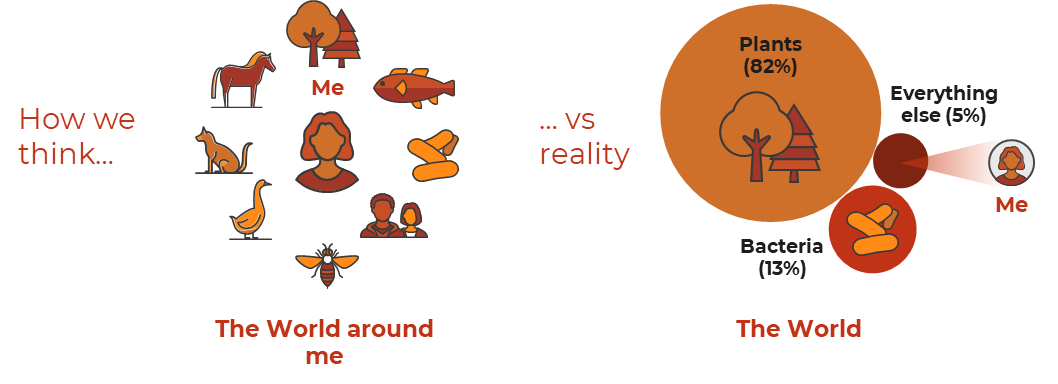
Introducing Life-Centred Design
An evolution of HCD, Life-Centred Design will help companies to drive differentiation.
Life-Centred Design (LCD) is an emerging approach and a philosophy that takes a longer-term perspective and goes beyond human needs to consider sustainable, environmental, and social concerns.
Most of us want to not only do a good job at work, but also drive positive, genuine change through the work that we do. So, when it comes to our organisations, what can we do more of, or do differently?
| Here are some key principles: |
 | Fostering ethical behaviour by defining what your organisation stands for. Clearly communicating the purpose and values that guide decisions and actions and championing them in any design process. |
 | Considering the impact on all people, non-users, and species through inclusive research and service design and tracking it all the way through to service or product delivery and retirement. |
 | Reducing the adverse impact on the environment by designing products that are durable, can be reused, remade, and recycled. Taking a view of the whole lifecycle, from extraction of materials to end of use. |
LCD is not about removing humans from the core of the design. It’s about extending the use of tried and proven design thinking practices in a mindful way. It’s also good for business as it allows the organisation to better connect with customers, co-workers, and stakeholders across the wider ecosystem.
“CEOs should be personally visible when discussing public policy with external stakeholders or work their company has done to benefit society” | 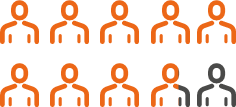 | 87% |
60% | 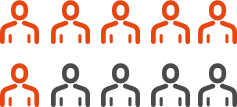 | “When considering a job, I expect the CEO to speak publicly about controversial social and political issues that I care about” |
Edelman Trust Barometer 2022
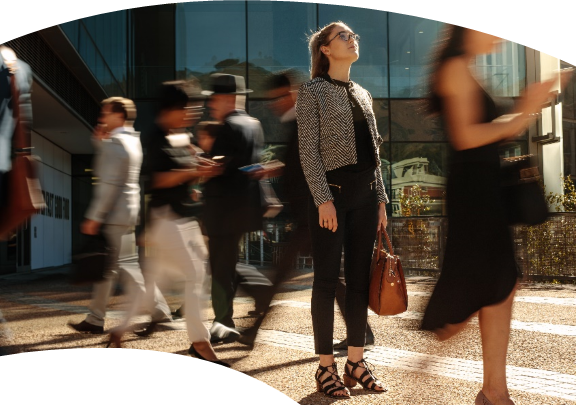
Building on HCD - our Life-Centred Design approach
A recipe for success
At Step5, our people have the knowledge and expertise to help define, measure, and execute target experiences, supporting organisations with customer acquisition and retention, and maximising value for citizens. We know how to harness the value of technology and processes to help organisations deliver the results they need.
Experience is key in maintaining user relationships, trust, and loyalty. It is often a crucial differentiator, yet organisations struggle with changing behaviours due to significant events, poor operational performance, or emerging channels, regulations, and ethics.
We have developed our own blueprint which has been designed to build experiences that work for all. This blueprint not only puts people at the centre of an organisation’s transformation, but it also considers the wider, longer-term implications and is…
 |  |  |
Experienced-led | Purpose-driven | Outcome-focused |
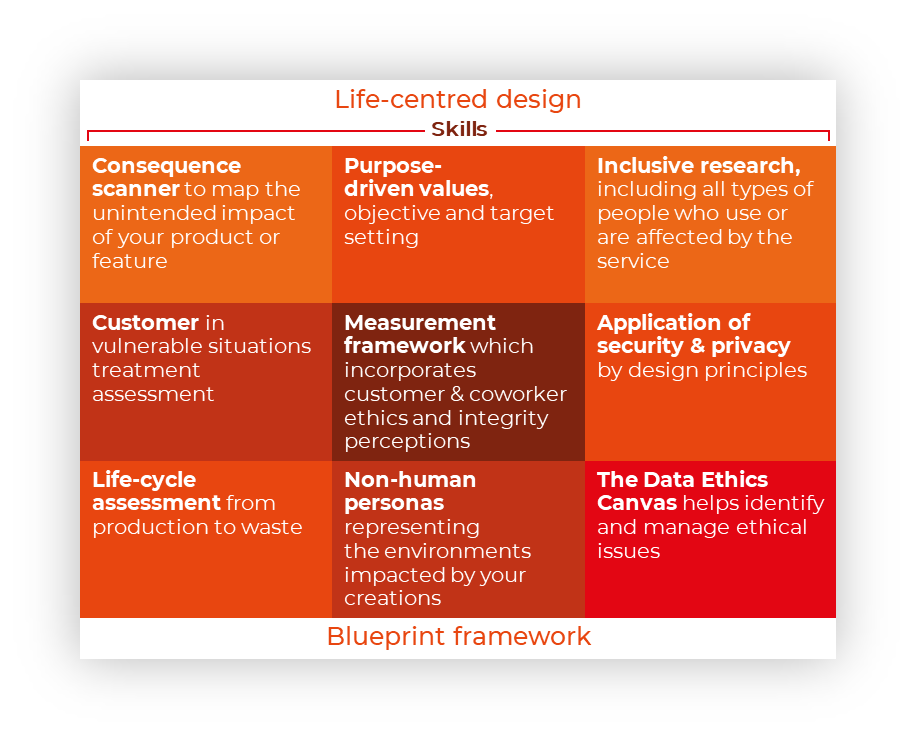
This approach delivers the strategy and tools needed to ensure short-term, mid-term, and long-term success.


